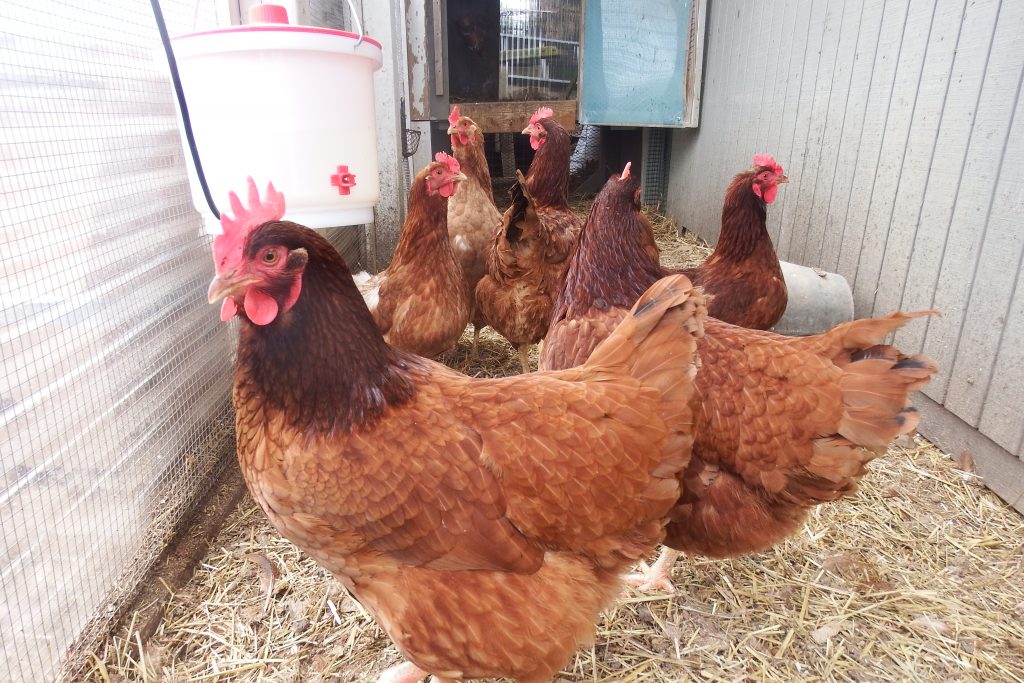Assuming you’re not willing to dispatch old hens, egg numbers inevitably decline to the point where you’re tempted to integrate new hens into the flock. But will they get along? What constitutes normal pecking-order-establishment and what is an early warning sign of pecked-to-death?
Unfortunately, new and old hens are very unlikely to intermingle in serene harmony from the very beginning. There will be pounces and squawks and some of your hens may run off and turn into loners. Meanwhile, even though you’re likely to get eggs for a day or two (since those eggs were already in production), stressed hens are likely to stop laying for a while soon thereafter.
In a perfect situation, the establishment of a new group dynamic peters out after a few days, leaving the henhouse mostly peaceful. But if you see any of the following behaviors, you should keep a closer eye on the flock and consider separating out the bottom-rung birds:
- Hens hiding with their face in a corner for hours on end.
- Hens roosting for the night somewhere far away from the main flock. (Off to the edge of the same perch is alright.)
- Hens with backs and/or heads pecked bare. (If you see blood, separate the hen immediately!)
And then, slowly but surely, serenity will return. At last, you’ll be rewarded with the chickenkeeper’s favorite sight — a nest full of freshly laid eggs!



